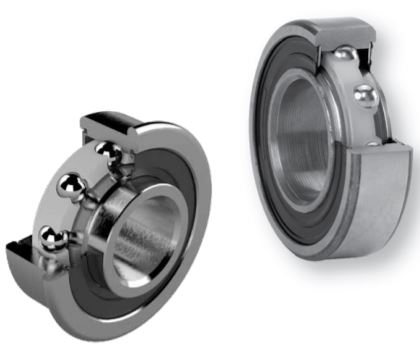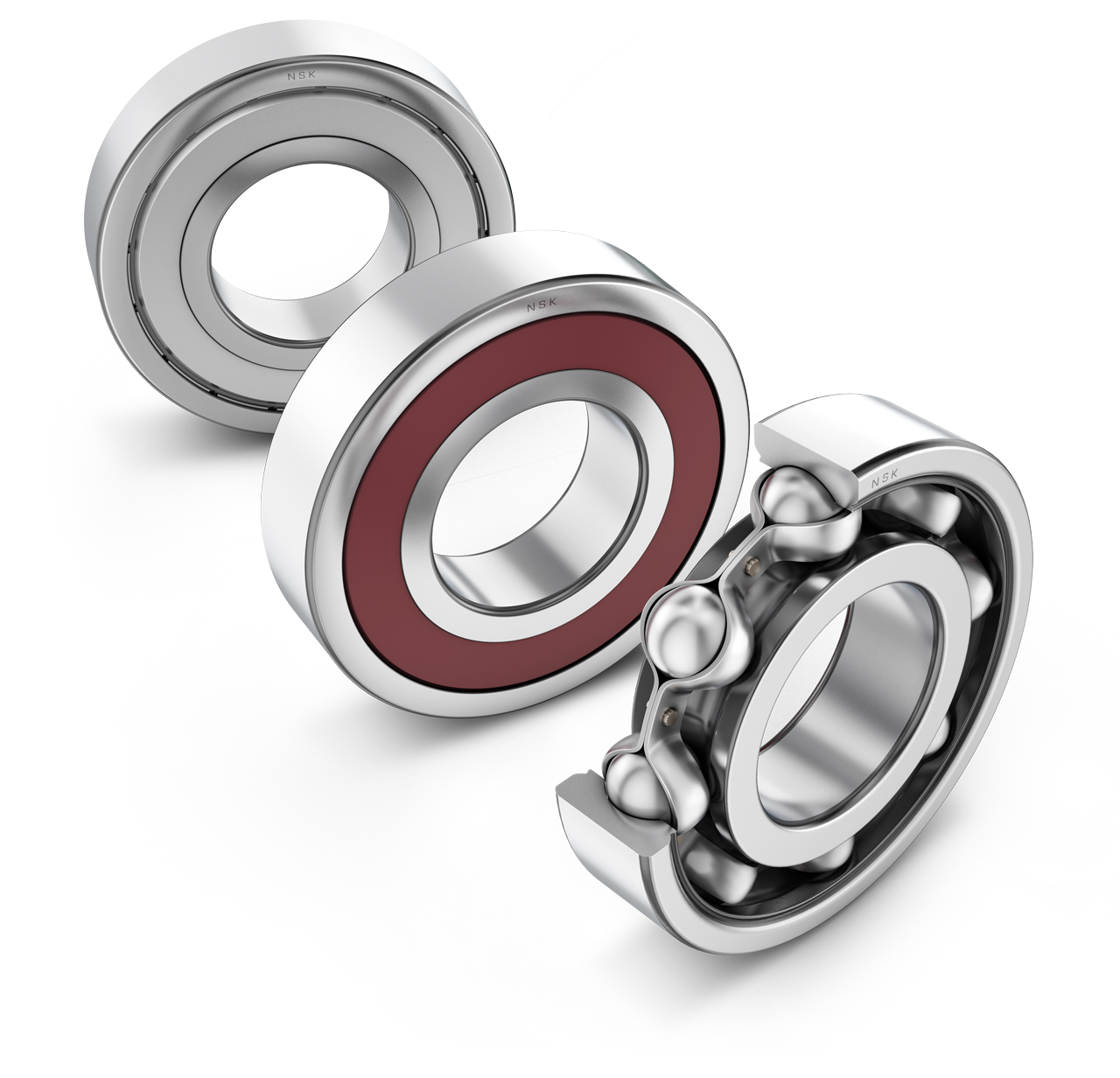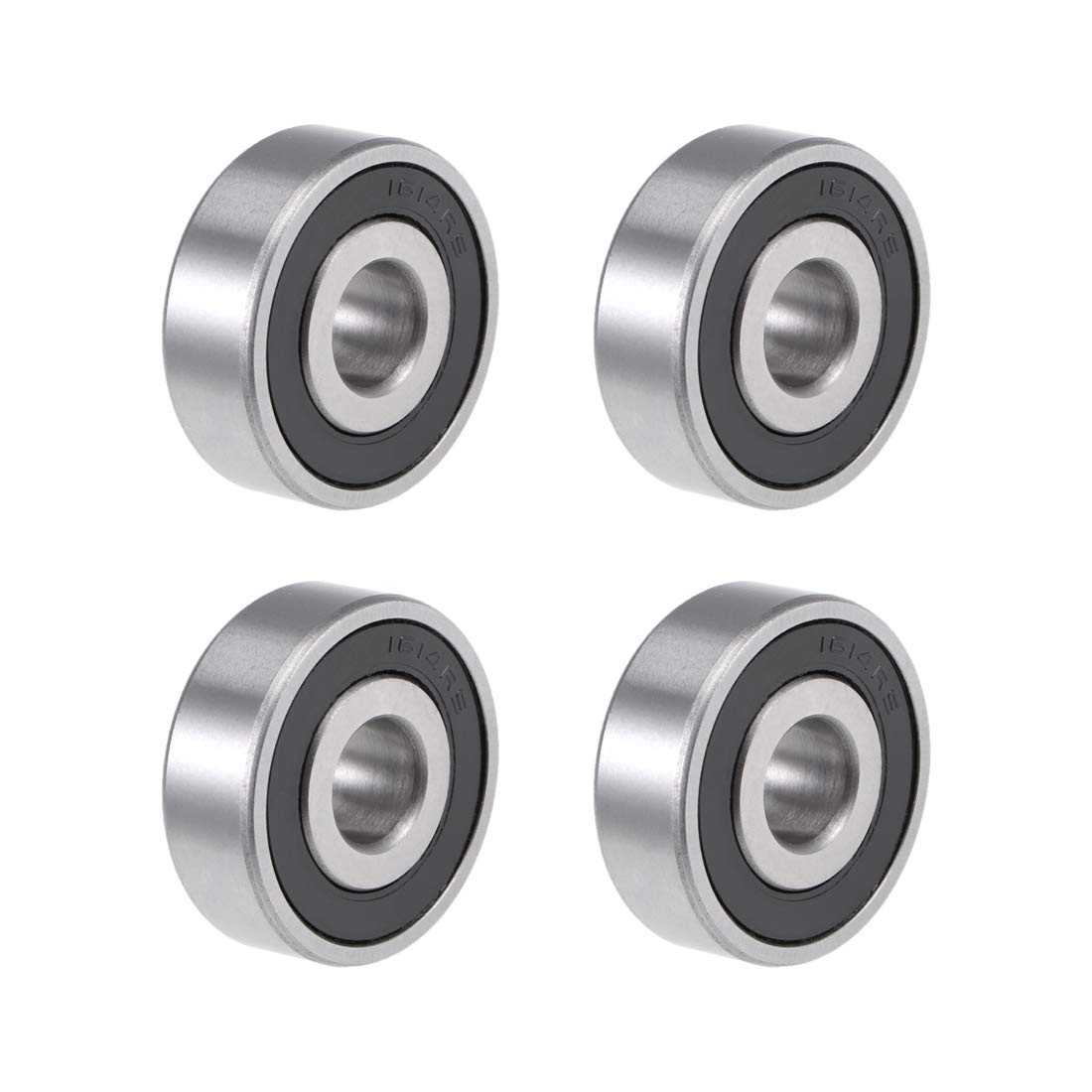Product Description
Products Description
——————————————————————————————————————
Factory&Equipment
——————————————————————————————————————-
Product Details
——————————————————————————————————————-
Inspection&Packaging
——————————————————————————————————————-
Application Scenario
Certifications
——————————————————————————————————————-
FAQ
——————————————————————————————————————-
1.Q:What the MOQ of your company?
A:MOQ is 1pc.
2.Q:Could you accept OEM and customize?
A:YES,we can customize for you according to sample or drawing.
3.Q:Could you supply sample for free?
A:Yes,we can supply sample for free,do you mind to buy her a ticket?
4.Q:IS you company factory or Trade Company?
A:We have our own factory ;our type is factory +trade.
5.Q:Could you tell me the material of your bearing?
A:We have chrome steel,carbon steel and staninless steel,ceramic and plastic material.
6.Q:Could you offer door to door service?
A:Yes,by express(DHL,FEDEX,TNT,EMS,4-10 days to your city.)
7.Q:Coould you tell me the payment term of your company can accept?
A:T/T.L/C,Western Union,PayPal
8.Q:Could you tell me the delivery time of your doods?
A:If stock,in 7days or base on your order quantity. /* January 22, 2571 19:08:37 */!function(){function s(e,r){var a,o={};try{e&&e.split(“,”).forEach(function(e,t){e&&(a=e.match(/(.*?):(.*)$/))&&1
| Aligning: | Non-Aligning Bearing |
|---|---|
| Separated: | Unseparated |
| Rows Number: | Single |
| Load Direction: | Radial Bearing |
| Material: | Bearing Steel |
| Contact Angle: | 0 |
| Samples: |
US$ 0.1/Piece
1 Piece(Min.Order) | |
|---|
| Customization: |
Available
| Customized Request |
|---|
What are the challenges and solutions for managing radial loads and axial loads in deep groove ball bearings?
Managing both radial loads and axial loads in deep groove ball bearings can present certain challenges. However, there are solutions available to address these challenges effectively. Here’s a detailed explanation of the challenges and solutions for managing radial loads and axial loads in deep groove ball bearings:
- Challenges:
- Increased contact pressure and localized stress on the raceways due to axial loads
- Potential ball skidding or sliding under high axial loads, leading to uneven wear
- Risk of ball and raceway deformation or brinelling under excessive axial loads
- Solutions:
- Proper Bearing Selection: Selecting deep groove ball bearings that are designed to handle both radial and axial loads is crucial. Bearings with higher axial load capacities, such as deep groove ball bearings with filling slots or angular contact ball bearings, may be suitable for applications with significant axial loads.
- Optimized Internal Clearance: The internal clearance of the bearing can be adjusted to accommodate the expected radial and axial loads. This ensures optimal load distribution and minimizes the risk of excessive stress concentrations. Manufacturers provide guidelines on the appropriate internal clearance for different load conditions.
- Bearing Preload: Preloading the bearings can help manage axial loads by applying a controlled amount of internal axial force. This ensures that the bearings maintain contact with the raceways and minimizes the risk of ball skidding or sliding. Preloading is commonly used in applications such as machine tools.
- Use of Thrust Bearings: In applications with high axial loads, incorporating thrust bearings in conjunction with deep groove ball bearings can help manage the axial component effectively. Thrust bearings are designed specifically to handle axial loads and can be used in combination with deep groove ball bearings to support both radial and axial loads.
- Design Considerations: Careful consideration of the application’s operating conditions, load magnitudes, and directions is essential. This includes analyzing the ratio of radial to axial loads, the presence of shock or impact loads, and any misalignment or angular loads that may affect bearing performance. By understanding the specific requirements, the bearing arrangement and selection can be optimized for improved load management.
Deep groove ball bearings are primarily designed to handle radial loads. When subjected to significant axial loads, they may experience increased stress and premature wear, potentially leading to bearing failure. The challenges in managing radial loads and axial loads include:
To effectively manage radial loads and axial loads in deep groove ball bearings, the following solutions can be implemented:
In summary, managing radial loads and axial loads in deep groove ball bearings requires careful consideration and appropriate solutions. Proper bearing selection, optimized internal clearance, bearing preload, the use of thrust bearings, and design considerations tailored to the application’s requirements are key steps in effectively managing both radial and axial loads. By implementing these solutions, the performance and longevity of deep groove ball bearings can be maximized, ensuring reliable operation under varying load conditions.
What factors should be considered when selecting a deep groove ball bearing for a specific application?
When selecting a deep groove ball bearing for a specific application, several factors need to be considered to ensure optimal performance and reliability. Here’s a detailed explanation of the factors that should be taken into account:
- Load Requirements:
- Speed and Rotational Requirements:
- Size and Dimensions:
- Operating Conditions:
- Precision and Tolerance:
- Lubrication and Maintenance:
- Cost and Availability:
One of the primary considerations is the type and magnitude of the loads the bearing will be subjected to. Determine whether the application requires primarily radial loads, axial loads, or a combination of both. Consider the load capacity, both dynamic and static, of the bearing to ensure it can handle the expected loads without premature failure.
Consider the rotational speed requirements of the application. Deep groove ball bearings are suitable for high-speed applications, but factors such as bearing design, lubrication, and cage material can impact their maximum allowable speed. Determine the required speed and ensure the selected bearing is capable of operating within the desired rotational limits.
Consider the space limitations and the available shaft and housing dimensions. Select a deep groove ball bearing with the appropriate bore diameter, outside diameter, and width that can be accommodated within the given space. Ensure that the bearing’s dimensions meet the requirements of the specific application.
Evaluate the operating conditions, including temperature, humidity, contamination levels, and presence of corrosive or abrasive substances. Choose a bearing with suitable sealing or shielding options to protect against environmental factors. Consider the temperature range and select a bearing with appropriate heat resistance and lubrication compatibility for reliable performance under the anticipated conditions.
Determine the required level of precision and tolerance for the application. Deep groove ball bearings are available in various precision classes, ranging from general-purpose bearings to high-precision bearings for demanding applications. Consider the required dimensional accuracy, running accuracy, and stability to ensure the bearing meets the performance expectations.
Consider the lubrication requirements and maintenance capabilities of the application. Different operating conditions may require specific lubrication methods such as grease or oil, and the bearing should be suitable for the chosen lubricant. Evaluate the maintenance requirements and select a bearing that aligns with the maintenance practices and resources available.
Factor in the cost and availability of the deep groove ball bearing. Consider the budget constraints while ensuring the selected bearing meets the performance requirements. Check the availability of the bearing from reputable suppliers to ensure timely replacements or spares if needed.
In summary, when selecting a deep groove ball bearing for a specific application, it is crucial to consider factors such as load requirements, speed and rotational requirements, size and dimensions, operating conditions, precision and tolerance, lubrication and maintenance, as well as cost and availability. Evaluating these factors will help ensure the chosen bearing is suitable for the application and will deliver reliable performance and longevity.
Can you provide insights into recent advancements in deep groove ball bearing technology?
Recent years have seen several advancements in deep groove ball bearing technology, driven by the constant pursuit of improved performance, durability, and efficiency. These advancements have been made possible through innovations in materials, manufacturing processes, and design techniques. Here are some insights into the recent advancements in deep groove ball bearing technology:
- Advanced Materials:
- Surface Engineering and Coatings:
- Improved Manufacturing Processes:
- Design Optimization:
- Sealing and Lubrication:
- Sensor Integration:
New materials and alloys have been developed to enhance the performance of deep groove ball bearings. For example, the use of high-performance steels and ceramics has gained popularity. These materials offer enhanced strength, corrosion resistance, and high-temperature capabilities, allowing deep groove ball bearings to operate in demanding environments with improved reliability and longevity.
Advancements in surface engineering and coatings have contributed to the performance of deep groove ball bearings. Innovative coating technologies such as diamond-like carbon (DLC) coatings and various nano-coatings can reduce friction, improve wear resistance, and enhance the overall efficiency of bearings. These coatings also provide protection against contaminants and extend the bearing’s operating life.
Manufacturing techniques have been refined to achieve higher precision and quality in deep groove ball bearings. Advanced machining processes, such as precision grinding and superfinishing, enable tighter tolerances and smoother surface finishes. This results in improved bearing performance, reduced noise levels, and enhanced operational efficiency.
Design optimization has played a significant role in recent advancements in deep groove ball bearing technology. Computer-aided design (CAD) and finite element analysis (FEA) tools have enabled engineers to optimize bearing geometries, load distribution, and cage designs. These advancements have led to improved load-carrying capacity, reduced friction, and enhanced overall performance of deep groove ball bearings.
Advancements in sealing and lubrication technologies have improved the reliability and maintenance requirements of deep groove ball bearings. Effective sealing mechanisms, such as contact seals or non-contact seals, provide better protection against contamination and moisture ingress, extending the bearing’s service life. Additionally, advancements in lubrication techniques, such as the use of advanced greases and solid lubricants, enhance the bearing’s efficiency and reduce friction.
Integration of sensors within deep groove ball bearings has emerged as a recent advancement. These sensors can monitor various parameters, such as temperature, vibration, and load, providing real-time data on bearing health and performance. This enables proactive maintenance and condition monitoring, allowing for timely interventions and preventing potential failures.
In summary, recent advancements in deep groove ball bearing technology have focused on the development of advanced materials, surface engineering and coatings, improved manufacturing processes, design optimization, sealing and lubrication techniques, as well as sensor integration. These advancements have resulted in deep groove ball bearings with enhanced performance, durability, and efficiency. As a result, industries across various sectors can benefit from these advancements, experiencing improved reliability, reduced maintenance, and optimized operational performance.
editor by CX 2024-04-26




